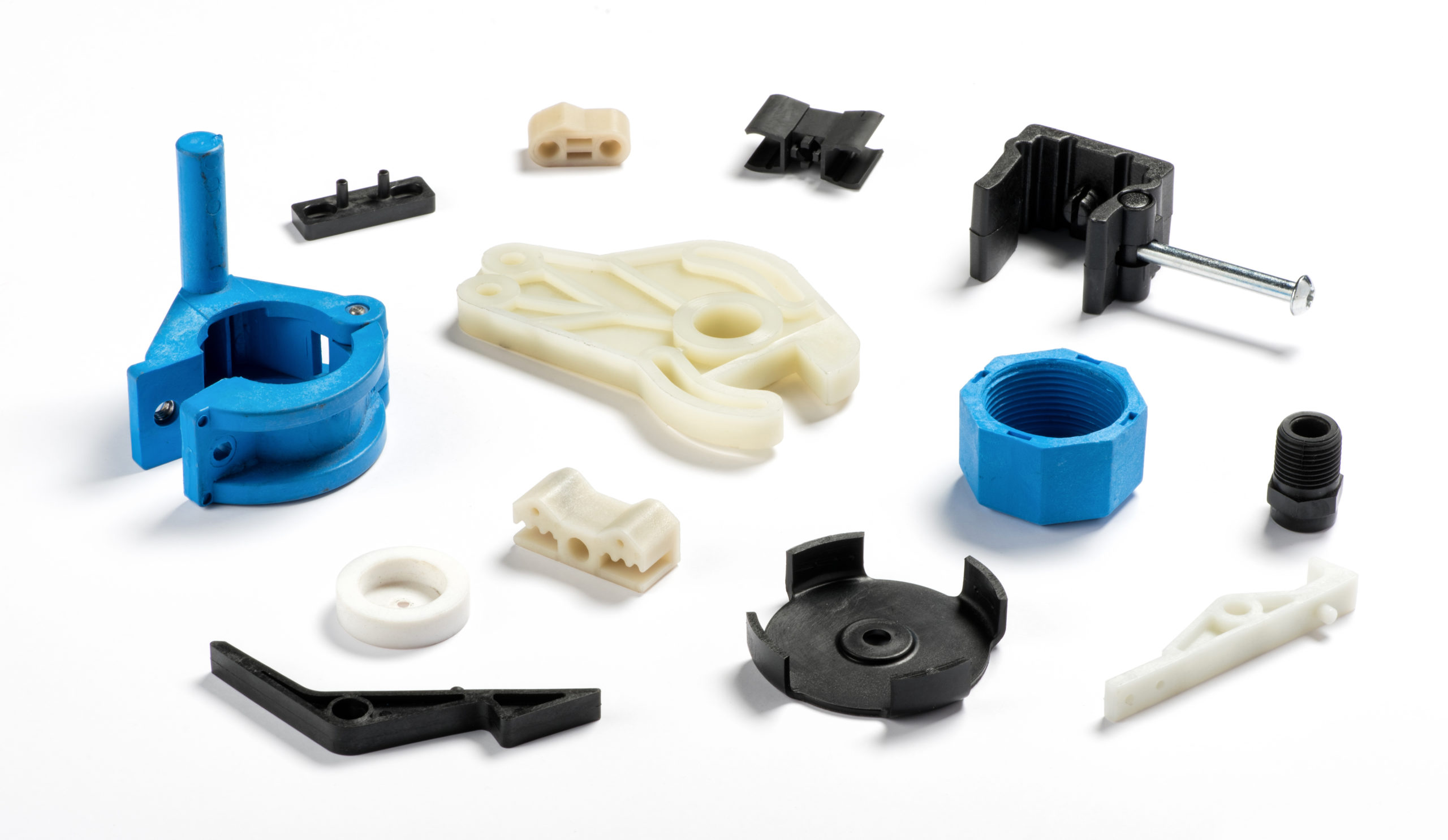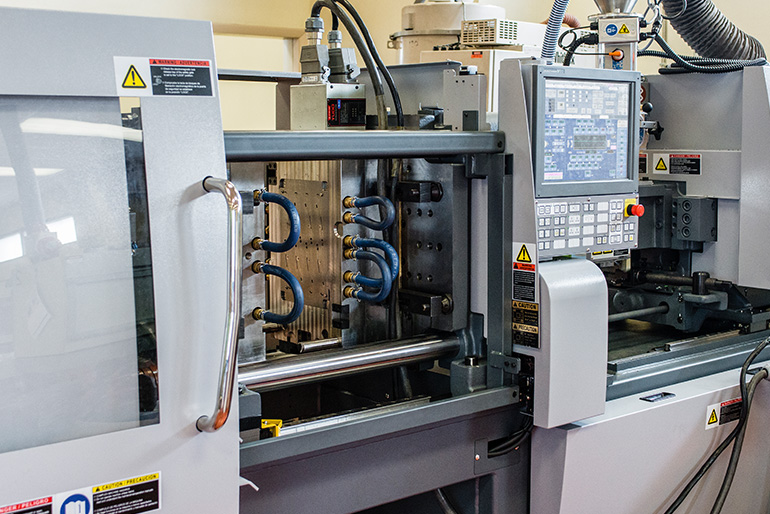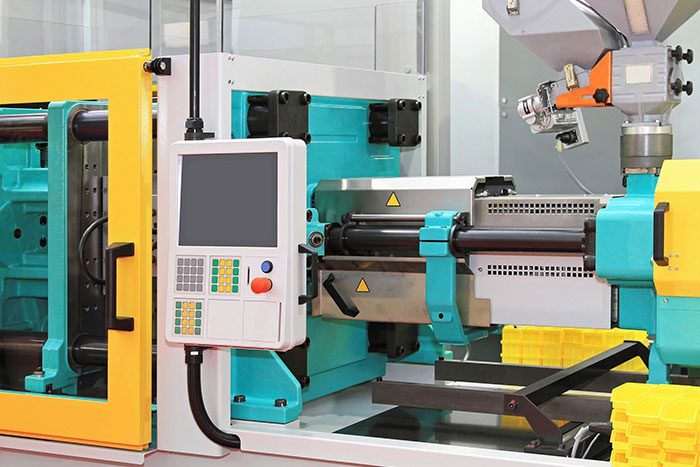Understanding the Basics of Plastic Injection Molding Procedures
Plastic shot molding acts as a foundation of contemporary production, providing a methodical strategy to producing complex parts with precision. This procedure not only includes the basic actions of melting and infusing materials into molds however likewise includes a nuanced understanding of numerous affecting variables, such as temperature and pressure. As industries increasingly demand effectiveness and high quality, the details of this technique become more vital. Exploring these necessary components can disclose just how even small modifications can cause substantial renovations in manufacturing results, increasing questions concerning the possibility for technology in this well-known procedure.
What Is Plastic Shot Molding?
Plastic shot molding is a widely made use of manufacturing procedure that transforms polycarbonate and thermosetting products right into accurate and intricate shapes. This strategy is favored for its capability to produce high volumes of the same parts with phenomenal accuracy, making it a crucial method in numerous sectors, including vehicle, durable goods, and clinical tools.
The process involves melting the chosen plastic material and infusing it right into a mold and mildew under high pressure. The mold, created to the requirements of the desired part, enables the liquified plastic to take form as it cools and solidifies. When the material has solidified, the mold is opened, and the finished element is ejected.
Plastic shot molding supplies numerous advantages, including decreased waste, uniformity in manufacturing, and the capacity to include intricate designs that may be challenging with other producing techniques. Furthermore, it sustains a wide variety of products, each supplying special homes that can be tailored for specific applications. As industries remain to innovate, plastic injection molding remains at the forefront, enabling the development of innovative items that satisfy progressing consumer demands.
The Shot Molding Refine
The injection molding process is a sophisticated strategy that entails a number of crucial stages to produce high-quality plastic components. Plastic pellets are fed right into a heated barrel where they are melted right into a viscous fluid. This molten plastic is after that infused under high stress right into a precision-engineered mold, which forms the product into the desired kind.
When the mold is loaded, the plastic is enabled to cool and strengthen, taking the shape of the mold and mildew dental caries. Cooling time is essential, as it affects the cycle time and the last residential properties of the molded component. After adequate air conditioning, the mold opens up, and the completed component is ejected using ejector pins.

Products Made Use Of in Shot Molding
Numerous products can be used in the injection molding process, each offering distinct residential properties that satisfy details applications. One of the most frequently used materials include thermoplastics, thermosetting plastics, and elastomers.

Thermosetting plastics, like epoxy and phenolic materials, undergo a chemical modification throughout the curing process, causing an inflexible, stringent structure. These materials are excellent for applications requiring high warm resistance and architectural integrity, typically made use of in electrical insulators and automobile parts.
Elastomers, including silicone and rubber-based materials, supply adaptability and strength. Their unique residential or commercial properties make them ideal for applications that demand flexibility, such as gaskets and seals.
Additionally, specialty materials like bio-based plastics and composites are getting grip for their ecological advantages and boosted efficiency characteristics, broadening the scope of injection molding applications in various markets. Comprehending the buildings of these products is crucial for selecting the appropriate type for specific projects.
Advantages of Shot Molding
Shot molding sticks out as an extremely effective manufacturing process that offers numerous benefits for generating intricate components with precision. One of one of the most substantial advantages is the capability to create complex styles that would be challenging or impossible to achieve with other approaches (Plastic Injection Molding). The procedure enables limited resistances and comprehensive features, making sure premium components
In addition, shot molding is known for its quick production capacities, making it an excellent selection for high-volume manufacturing. Once the mold and mildew is produced, components can be created quickly, lowering preparations and increasing total productivity. This performance not only decreases production prices however also supplies an one-upmanship on the market.
The versatility of materials made use of in injection molding additionally enhances its charm. A large range of thermoplastics and thermosetting polymers can be employed, enabling suppliers to select products that ideal satisfy their specific demands, consisting of strength, versatility, and warmth resistance.
Moreover, the process reduces waste, as excess product can often be recycled and reused. This sustainability element adds to a lowered environmental effect, making shot molding a liable production option. Overall, the benefits of i thought about this injection molding make it a favored approach for many industries.
Elements Impacting Item Top Quality
While countless variables can affect item quality in injection molding, understanding these elements is important for accomplishing ideal outcomes. Secret elements include material selection, processing parameters, and mold design.
Product option plays an essential duty, as various polymers display special properties that influence this post flowability, toughness, and thermal security. Insufficient material option can bring about issues such as bending or incomplete filling.
Processing criteria, consisting of cycle, temperature level, and stress time, have to be thoroughly managed. Variations in these setups can lead to disparities in part measurements and surface coating. Exceedingly high temperature levels might trigger degradation of the polymer, while poor pressure can result in short shots.
Mold design is just as vital, as it figures out the flow of the molten plastic and the cooling procedure. Badly designed mold and mildews might cause uneven air conditioning rates, leading to dimensional errors and residual stress and anxieties.

Verdict
In verdict, plastic shot molding works as an essential production procedure that allows the effective production of premium components. Mastery of the shot molding process, including the understanding of materials and the influence of different aspects on item high quality, is vital for accomplishing optimal outcomes. The benefits of this technique, such as cost-effectiveness and design flexibility, more highlight its importance across numerous markets, solidifying its status as a recommended option for high-volume production.
Plastic shot molding offers as a cornerstone of modern-day production, offering a systematic technique to creating intricate elements with precision.Plastic shot molding supplies numerous advantages, consisting of minimized waste, consistency in manufacturing, and the capability to include elaborate layouts that may be testing with other manufacturing techniques (Plastic Injection Molding). As industries click reference proceed to innovate, plastic injection molding continues to be at the center, enabling the advancement of advanced products that satisfy progressing consumer demands
The shot molding process is an innovative technique that includes several crucial phases to create high-quality plastic elements.In verdict, plastic injection molding serves as an essential manufacturing procedure that enables the effective manufacturing of high-grade components.